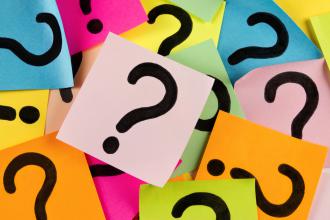This object can be driven, b...
Brain Teasers
[5525] This object can be driven, b... - This object can be driven, but has no wheels, and can also be sliced and remain whole. What is it? - #brainteasers #riddles - Correct Answers: 28 - The first user who solved this task is Djordje Timotijevic

2018-09-05

